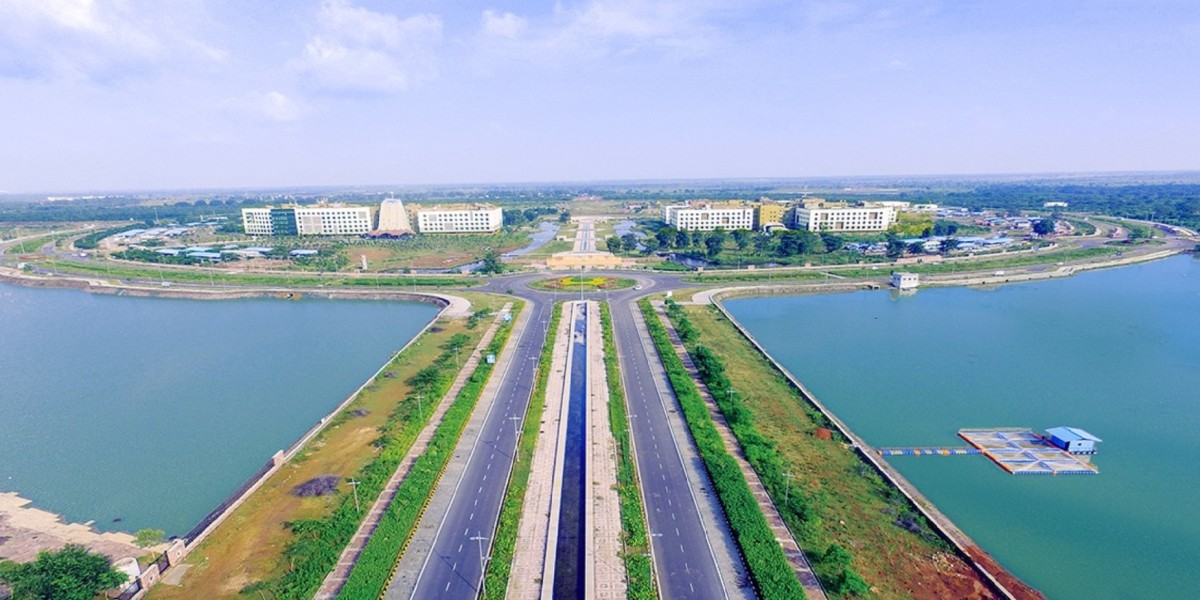Affordable housing has become a global challenge as urban populations grow and housing costs continue to rise. Access to safe, affordable, and sustainable living spaces is critical for individuals and families to thrive. Architects play a pivotal role in addressing this issue, using innovative designs, materials, and strategies to create affordable housing solutions that meet both functional and aesthetic needs.
In this article, we’ll explore how architects contribute to affordable housing, the challenges they face, and innovative approaches that are shaping the future of housing affordability.
The Role of Architects in Affordable Housing
Architects are much more than designers; they are problem-solvers and visionaries who transform spaces into livable, functional environments. In the context of affordable housing, architects can:
Maximize Space Efficiency: By designing compact, multi-functional spaces, architects ensure that every square foot is utilized effectively, reducing construction costs and increasing functionality.
Incorporate Sustainable Practices: Affordable housing doesn’t have to sacrifice sustainability. Architects integrate energy-efficient designs, renewable materials, and water-saving techniques to reduce long-term utility costs for residents.
Enhance Community Living: Architects design shared spaces such as gardens, playgrounds, and common areas to foster a sense of community, improving the quality of life for residents.
Adapt to Local Needs: By understanding the socio-economic and cultural context of the target community, architects create housing solutions that are practical, culturally relevant, and well-suited to the area.
Challenges in Designing Affordable Housing
Despite their vital role, architects face several challenges when working on affordable housing projects:
Budget Constraints: Affordable housing projects often have limited budgets, requiring architects to balance cost efficiency with quality and design standards.
Land Availability: Urban areas with high demand for affordable housing often have limited land, forcing architects to find innovative ways to optimize small or irregular plots.
Regulatory Hurdles: Building codes, zoning laws, and bureaucratic processes can slow down affordable housing projects, making it difficult to deliver timely solutions.
Public Perception: Affordable housing is sometimes stigmatized as substandard or unattractive. Architects must challenge this perception by creating aesthetically pleasing yet cost-effective designs.
Innovative Solutions for Affordable Housing
Architects are leveraging creativity, technology, and modern construction methods to overcome challenges and create impactful solutions. Here are some innovations driving the future of affordable housing:
1. Modular and Prefabricated Construction
Modular construction involves building sections of a structure off-site and assembling them on location. This approach reduces construction time and costs while maintaining quality. Prefabricated materials can also be customized to fit various design requirements, making them ideal for affordable housing.
2. Tiny Homes and Micro-Apartments
Tiny homes and micro-apartments are becoming increasingly popular as affordable housing options. These compact living spaces focus on efficiency and functionality, catering to individuals and small families in urban areas.
3. Repurposing Unused Spaces
Architects are transforming underutilized spaces, such as abandoned buildings, warehouses, and parking lots, into affordable housing units. Adaptive reuse not only saves resources but also revitalizes neglected areas.
4. Sustainable Building Materials
Using locally sourced and sustainable materials, such as bamboo, recycled metal, and compressed earth blocks, reduces construction costs and minimizes environmental impact. Architects are also exploring innovative materials like self-healing concrete and 3D-printed components.
5. Community-Driven Design
Engaging the local community in the design process ensures that affordable housing meets their specific needs and preferences. Community-driven design fosters a sense of ownership and pride among residents.
Case Studies: Successful Affordable Housing Projects
Several inspiring projects worldwide showcase how architects are making a difference in affordable housing:
Incremental Housing in Chile: Architect Alejandro Aravena designed housing units that provide a “starter” home with basic amenities, allowing residents to expand and customize their homes over time as their financial situation improves.
Makoko Floating School in Nigeria: This project addressed the housing crisis in Lagos’ waterfront slums by creating floating structures that serve as both schools and residential spaces, adaptable to rising sea levels.
Garden Village in San Jose, California: This micro-apartment community focuses on co-living spaces with shared amenities, making urban housing more affordable for young professionals.
The Future of Affordable Housing
As the demand for affordable housing continues to rise, architects must adopt forward-thinking strategies that prioritize sustainability, innovation, and inclusivity. Governments, private developers, and non-profit organizations must also collaborate to provide the necessary funding and support for affordable housing initiatives.
Investing in research, technology, and community engagement will empower architects to push boundaries and create housing solutions that are not only affordable but also enhance the overall quality of life.
Conclusion
Affordable housing is a fundamental need, and architects are uniquely positioned to address this challenge through innovative designs and solutions. By maximizing space, embracing sustainable practices, and leveraging modern construction techniques, architects can make a lasting impact on communities and individuals alike.
If you’re looking for expert architectural services to address housing challenges in your region, consider partnering with an architect in Haldwani who understands local needs and can deliver cost-effective, sustainable solutions.









